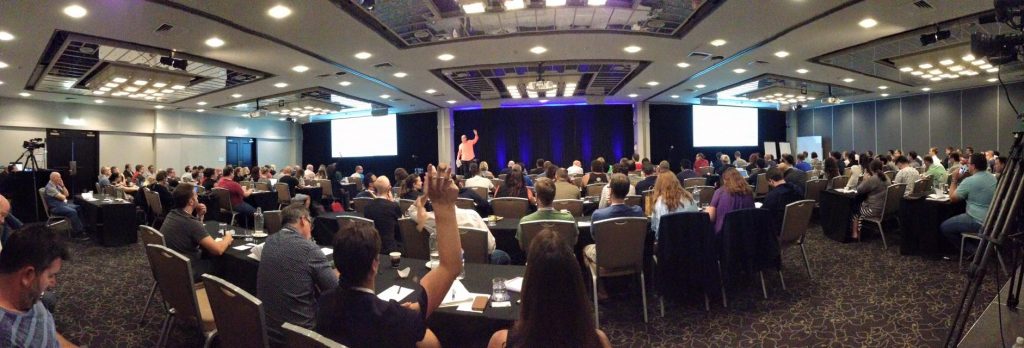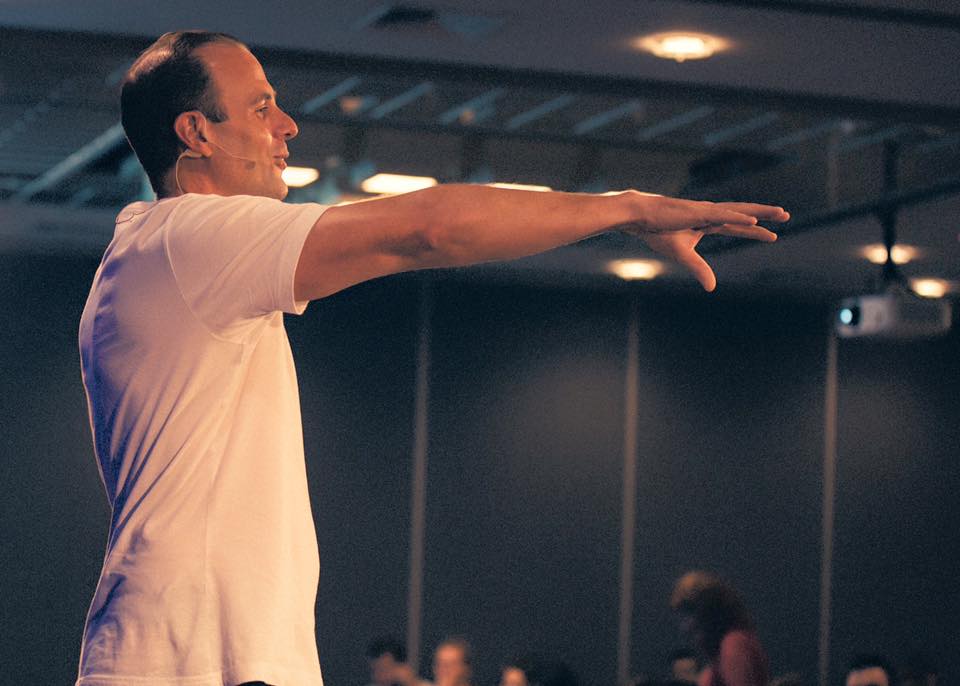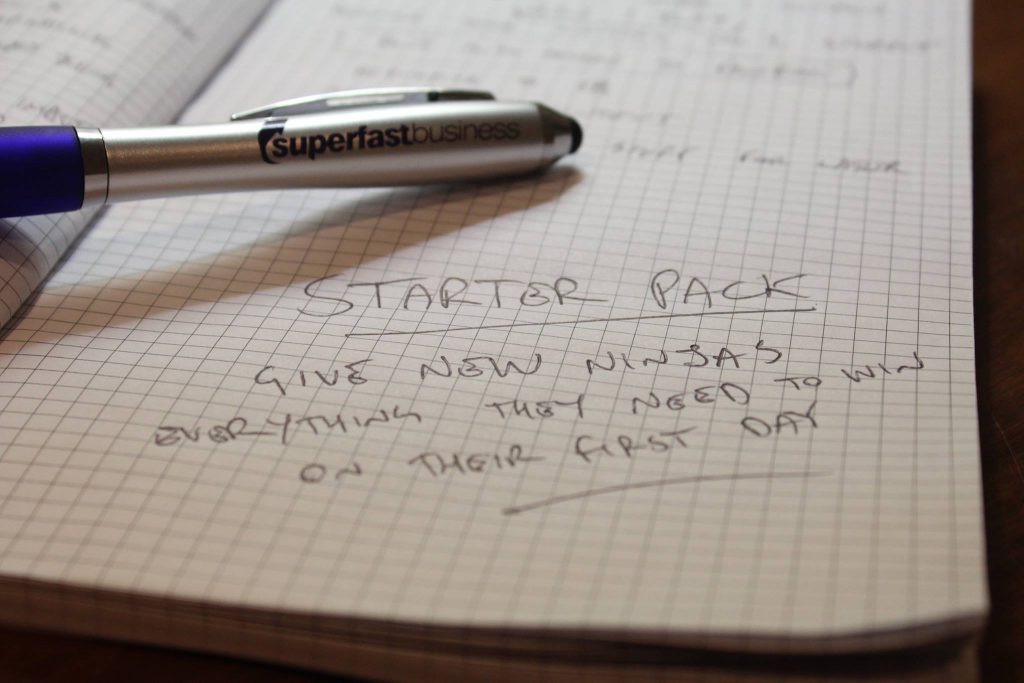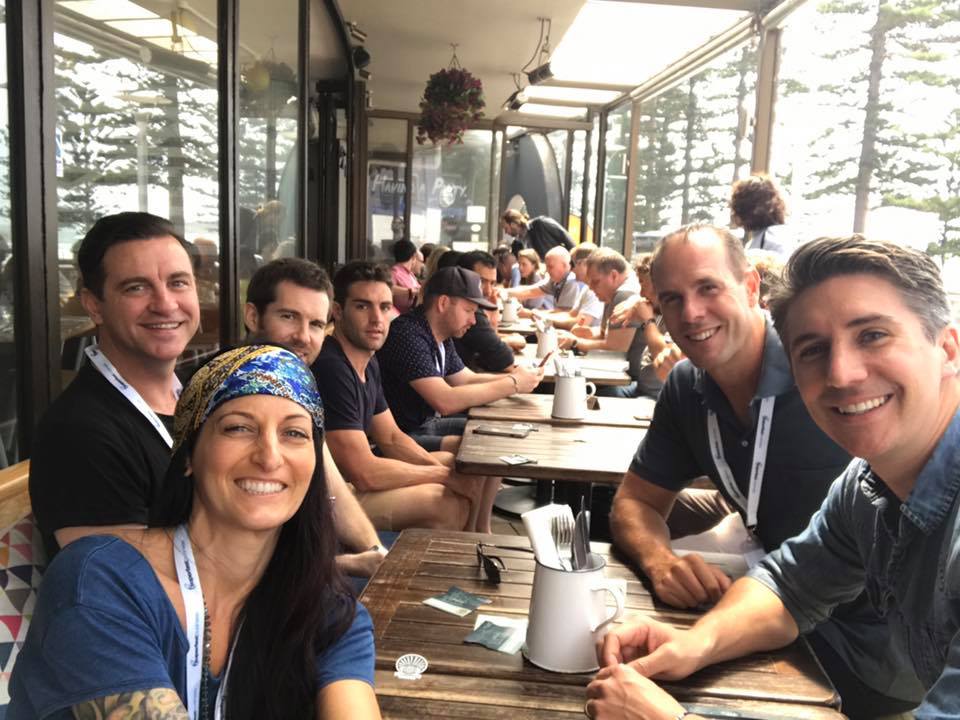Many businesses think of hosting live events, like an annual conference or training event, as a way to fatten their wallets. Attendees will pay big bucks for tickets, show up, maybe even post to social media during the event and provide some free marketing. They might buy products when they’re there. The businesses hope to attract some big-name speakers, who in turn want to make quick money selling their products to a captive audience.
What’s wrong with this picture?
The attendees might learn something. They might buy another course or product from the company hosting the event, or from one of the speakers. But they probably won’t come back the next year, to

See the same speakers give the same hard sell. They certainly won’t come back the year after that, when they’ve seen two years of the same stale presentations and have nothing to show for it. They won’t recommend the event to their colleagues, and they won’t think back on it fondly a few years later.
James Schramko has built his annual event, SuperFastBusiness Live, into a touchstone of his community. Notice that word – community. SFB’s event isn’t about pitching affiliate products or bilking attendees out of a few thousand dollars. Their attendees come back year after year. They become coaching clients, customers, devoted members of SFB’s online community, and even business partners.
How do they do it?
Keep your eye on the future
The long-term goal of SFB’s annual event is to build their community of paid members and coaching clients. They want to build a positive, lasting relationship with their attendees. (Of course, you have to be ready to build a great community that keeps your customers loyal. Check out our post on growing a great Facebook community for strategy and practical insights.)
The short term goal is exactly the same. There is no short-term profit goal, no quick cash. They make sure the event doesn’t run at a loss, but beyond that, the event is completely oriented towards their customers and the long-term relationship.

Schramko explains that he had to make a key decision years ago, of whether he’d try to keep hosting the same event for a different audience each year, or whether he’d host new, evolving events for the same core audience. “A lot of event companies have gone out of business,” he says, “because they’ve cycled through their audience and run out of victims. They’re making a classic sales mistake where they’re thinking about their own needs, and they’ve forgotten about the customer’s needs.”
Their core philosophy is hosting live events that people will love and remember. This builds the best possible customer relationship. They want a lifetime customer, and the event is an important means to that goal – but not an end in itself.
The customer is always right – if it’s the right customer
SFB has been successful by putting its attendees first. This means that they curate speakers who are going to teach something that their audience actually wants. How can they be sure? “I know that because I survey them,” Schramko explains.

A pre-event survey ensures that they understand exactly where their attendees are in their careers, and what they need to learn now. Because SFB has been so successful in building loyalty and bringing customers back every year, they have to keep content fresh and new, to meet their customers where they are this year. If they learned it last year, they don’t need to learn it again now.

Even more importantly, they make sure they have the right people attending the events. It’s not enough to sell tickets, and they want to sell tickets specifically to people who will benefit from the event. Those attendees will recommend the event, become part of the community, and come back next year. Someone who is a bad fit might shell out for a ticket once, but they won’t be coming back again and they won’t be writing glowing testimonials. Worst-case-scenario, they’ll start spreading rumors that the event is a waste of money. “Be deliberate about who you attract to your events, Schramko says. “You should tell people who the right person to get the most from the event should be, and who might not get the most – and be honest about that. If you want to maximize the event, you have to have the right people there.”
No one comes to hear a sales pitch

The speakers at SFB’s events are given specific, unusual instructions. Schramko first carefully curates speakers he knows and trusts. They’re usually business partners, or leaders who he has coached, who he knows are absolute experts in their field. Then, he says, “I ask them to trim the whole 30 minutes of lead-up – let’s just assume they’re there for a reason, so we don’t need to know about their journey to fame and fortune. Then trim the whole 30-minute sales pitch, stick to the content. Give us some full-on training, show us how it’s done.”
Another key factor is the presentations themselves. Schramko doesn’t allow presenters to put on a ‘hard sell,’ encouraging attendees to rush to the back of the room in a frenzy and buy their courses. The content must drive the presentations. This lets the attendees relax and learn. And they’ll come back next year because they know they won’t be pressured into dropping $5,000 on a course they don’t need and can’t afford.
Every presentation has to be tight and compelling. The presenter should be talking about an area where they’re a true expert, in a way that only they can – the foundation of great business storytelling.
Content, content, content
James Schramko has learned the hard way how to structure content when he’s hosting live events. At his earliest events, attendees would bring their own laptop and expect to leave the event with a brand new, fully-built website. This was enormously risky, as everything from the hotel wifi to the quality of the attendees owns computers could sabotage the entire enterprise.

Now, he says, “instead of a to-do list, they have an action plan.” Schramko focuses on content that will give his students the right ideas, help them understand the why and the how then directs them to resources to get the actual mechanics of the idea done. The session content is still practical, real instruction, but he no longer attempts to train people to be web developers in 48-hours. Instead, attendees leave with ideas, resources, and practical case studies.
By focusing on content, SFB is actually accomplishing two major things. First, attendees get enormous, practical value out of every session. They learn practical, hands-on techniques to grow their businesses. Second, SFB is growing their own content library for the SFB blog and paid community. Each session is packed full of useful, meaty content, which can be developed for multiple purposes. The high-quality recorded sessions are released online, along with transcriptions, illustrations, and blog posts. Some are available for free, and others are restricted to the paid membership community. Each event session serves double duty as high quality paid content and a content marketing tool year-round.
The devil’s in the details
Every aspect of hosting live events contributes to success or failure, and you can’t afford to scrimp on the details.
Imagine arriving in an unfamiliar city. You’re jetlagged and get up at the crack of dawn to make it to the first session. It finally breaks time – but there’s no coffee. You pull out your phone, only to learn that the nearest Starbuck’s is miles away. And the next session starts in 5 minutes.
This is exactly what happened to Schramko at an event he attended years ago, and he’s determined not to let it happen to his attendees. Snacks, coffee, water, and meals are all taken care of, so attendees can stick around during breaks for valuable networking. Every session starts and ends exactly on time. Notepads and pens are provided, so there’s nothing to worry about if something gets left behind. Social time and ample breaks are built into the schedule – no glassy eyes or dozing off.

Attendees want to get the most out of an event, but too many organizers treat their events like marathons. They expect attendees to suffer through it. It’s a simple equation: set the attendee up for success, then they’ll actually feel successful and come back next year. Set them up for exhaustion and failure, and – well, you get the picture.
This attention to extends to everything from check-in to swag, by the way. Even the lanyards are selected carefully. “We have lanyards with hooks instead of clips, so they can keep using it as a keyring – they won’t throw it away,” Schramko explains. After the event, “they have something to anchor that learning. They’ll see it 100,000 times.”
Make a list, and check it twice
Schramko has SuperFastBusiness Live down to a science. He’s perfected a checklist of everything he needs to get his event ready. Every year, he and his assistant copy over a new version of the checklist, and use that to make sure everything stays on track. “We get it all locked down nice and early,” Schramko says, so they never risk overlooking any details or putting themselves into a last-minute panic. He’s even provided his entire checklist online, for anyone to use.
Leave a lasting impression
“We surf at our event.”

Schramko is hosting live events geared toward web marketers, looking to grow their businesses and create new opportunities for themselves. Surfing might not seem like the most obvious activity, but on the last day of the event, SFB organizes an optional group surfing lesson. “We give people a challenge – they can conquer a fear or try a bucket list item,” Schramko says. By the last day of the event, attendees have learned new skills, built up their confidence, and prepared to take on new challenges in their business life. So why not let them take on a new challenge right now, today?
Every year, over 50 attendees get into the water and hang ten. “Afterwards, they just feel like they’ve levelled up,” Schramko says. “They’ve come away with an experience.” You can bet that for those new surfers, this event was uniquely memorable. They remember SFB as a place, a culture, and a community that brought them outside of their comfort zone and put them on a new path to success. This unique opportunity builds a unique culture, where attendees want to keep coming back to “level up” year after year.
Make every event count
Live events can move your business forward – whether you’re hosting live events or speaking at them. Want to know how to 10X (or more) the value of your stage? Check out the Speak to Scale Formula Worksheet.






